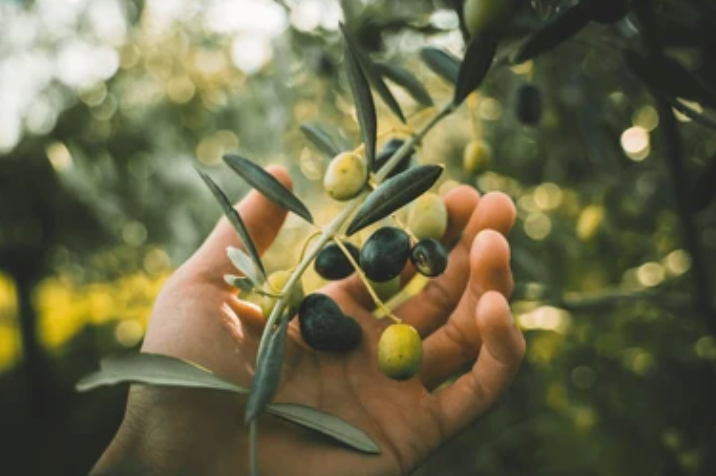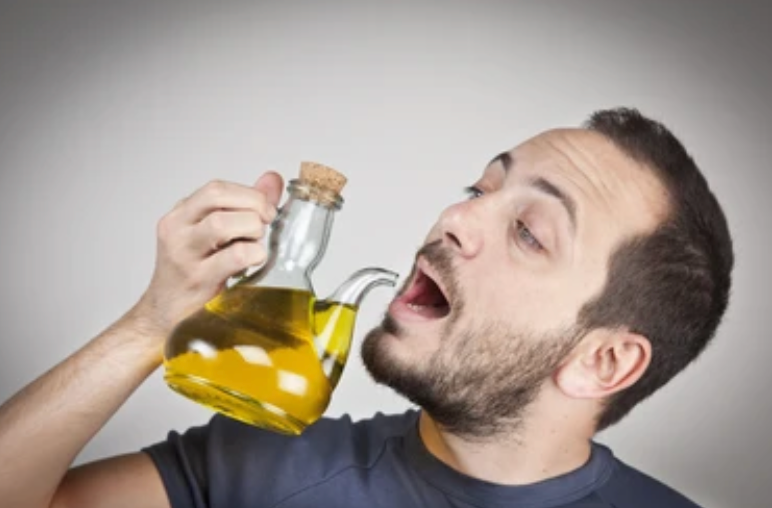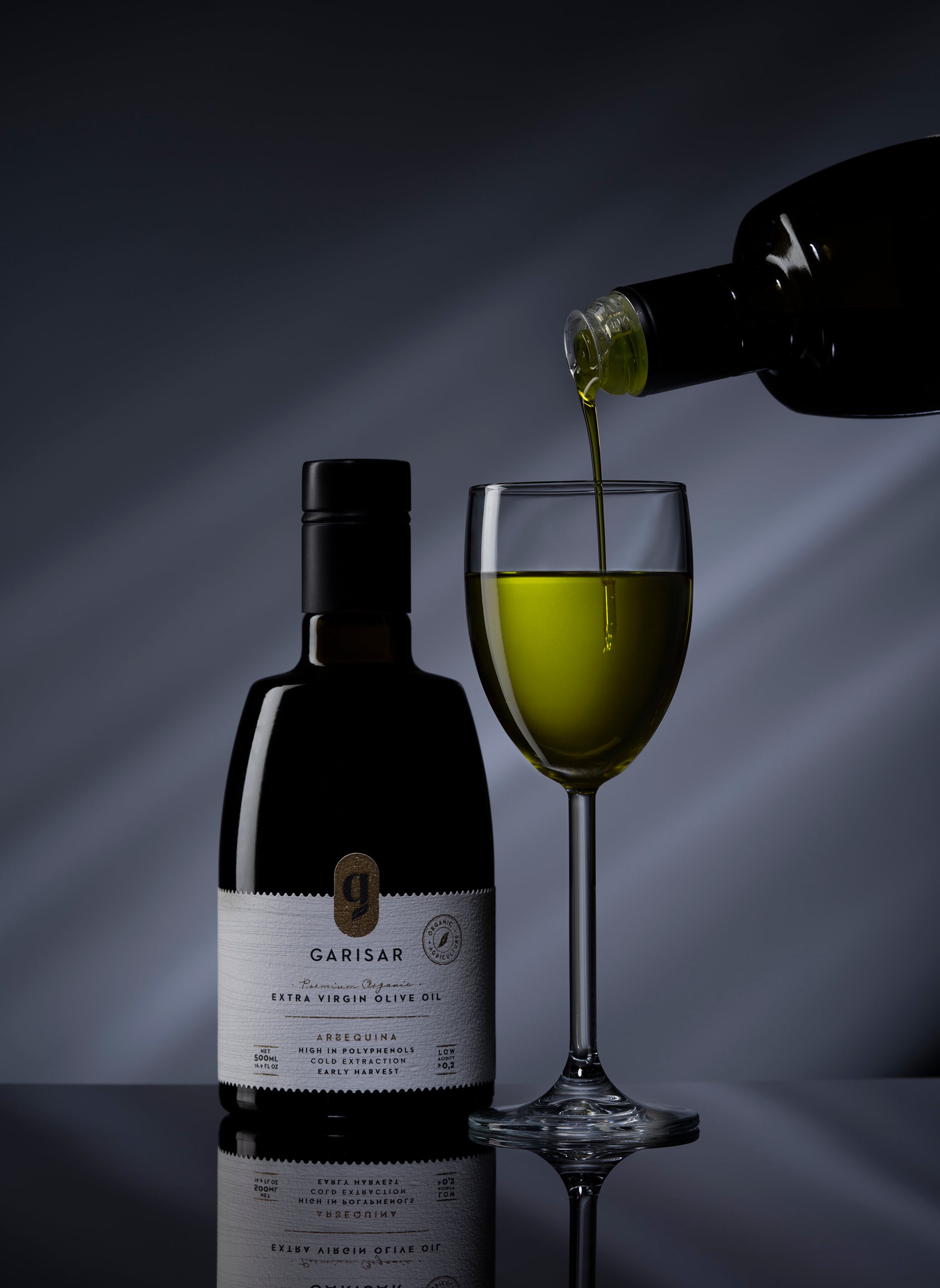Olive Oil Labels: 7 Key Terms To Know

Extra Virgin Olive Oil (EVOO)
Title
Early Harvest Extra Virgin Olive Oil
Title
Cold Pressed / Cold Extracted
Title
Acidity Level
Title
Polyphenol Content
Title
Organic Certification
Title
Harvest Year
Title
How To Choose The Best Olive Oil
Why Knowing These Terms Metters The Best Olive Oil
Our Recommendation: Garisar Early Harvest Arbequina Extra Virgin Olive Oil
How To Use Olive Oil for Maximum Benefit
Summary
Title
Discovery & Insight HUB
Title


Title


